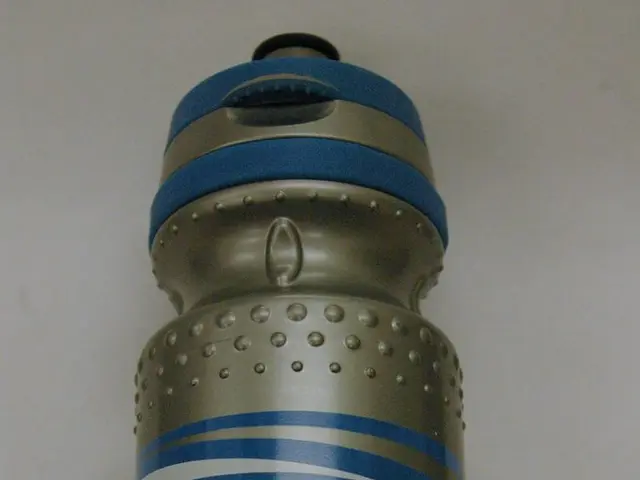Diuretics: Essential Hypertension Fighters
Diuretics, a class of medications that boost urine output, are proving to be vital in managing high blood pressure. These drugs not only lower blood pressure but also significantly reduce the risk of heart attacks and strokes.
There are three main types of diuretics used to treat high blood pressure. Thiazide diuretics, often the first line of treatment, include hydrochlorothiazide, chlorthalidone, and indapamide. Chlorthalidone, in particular, has shown promising results in improving cardiovascular health compared to hydrochlorothiazide. Loop diuretics, like furosemide, ethacrynic acid, and torsemide, and potassium-sparing diuretics, such as triamterene, eplerenone, and spironolactone, also play crucial roles in managing high blood pressure and associated conditions like edema.
While certain foods and herbs may have diuretic effects, their reliability and effectiveness are less proven. Medical diuretics, under professional guidance, remain the preferred choice. Common side effects include increased urination, changes in potassium, glucose, and cholesterol levels, as well as headaches, dizziness, and muscle weakness or cramping. Each type of diuretic affects different areas of the kidneys and may influence potassium levels differently.
Diuretics, with their varied types and effects, are essential tools in high blood pressure management. They lower blood pressure, prevent heart attacks and strokes, and improve overall cardiovascular health. However, like any medication, they should be used under medical supervision to mitigate potential side effects.
Read also:
- Mobility Sparks Unseen Organ: Surprisingly Active During Physical Activity
- Early Onset Puberty: Its Definition, Triggers, Risks, and Managing Strategies
- "Satanic Worship Owns the Spotlight in America: QAnon Spurring Modern Day Satanic Panic"
- Vaccine Deployment Amidst Adversity: HPV Inoculations Commence in Flood-Hit Regions Spite of Widespread Resistance from Society








